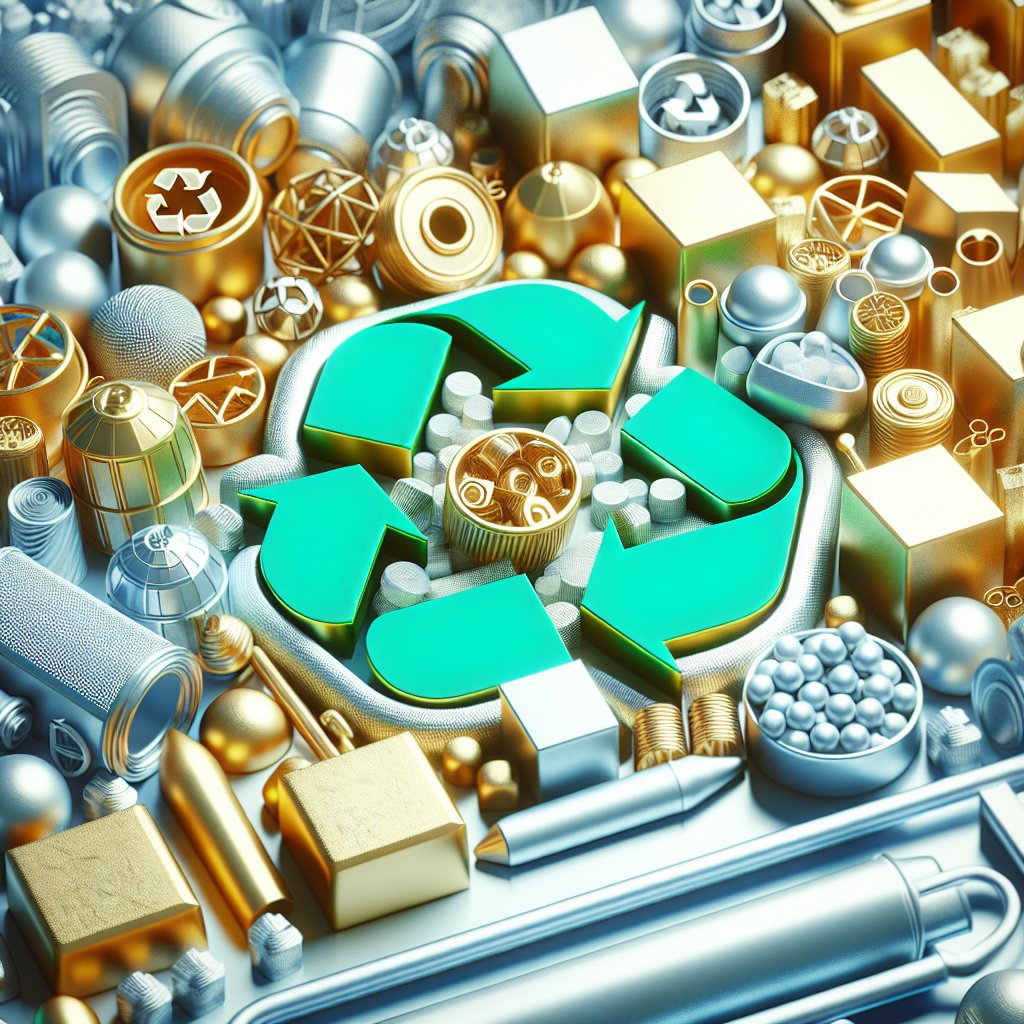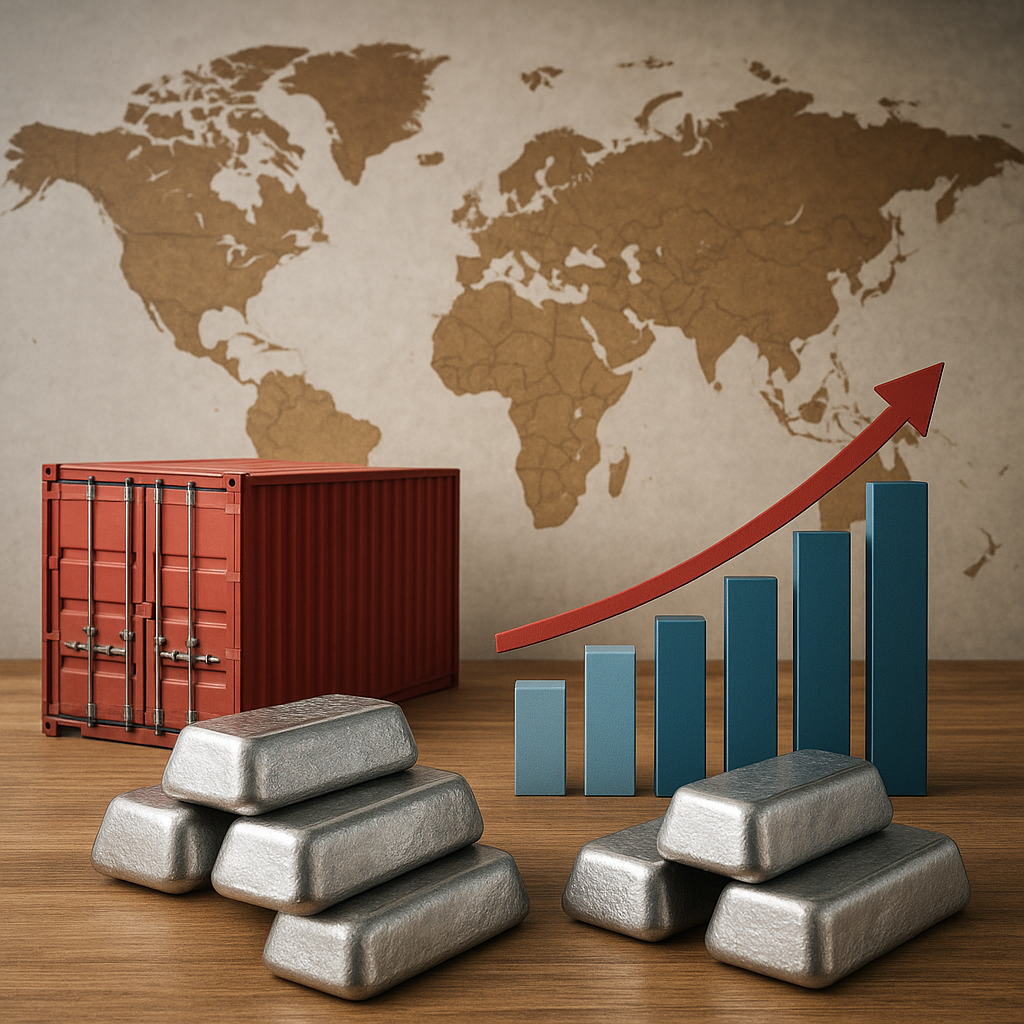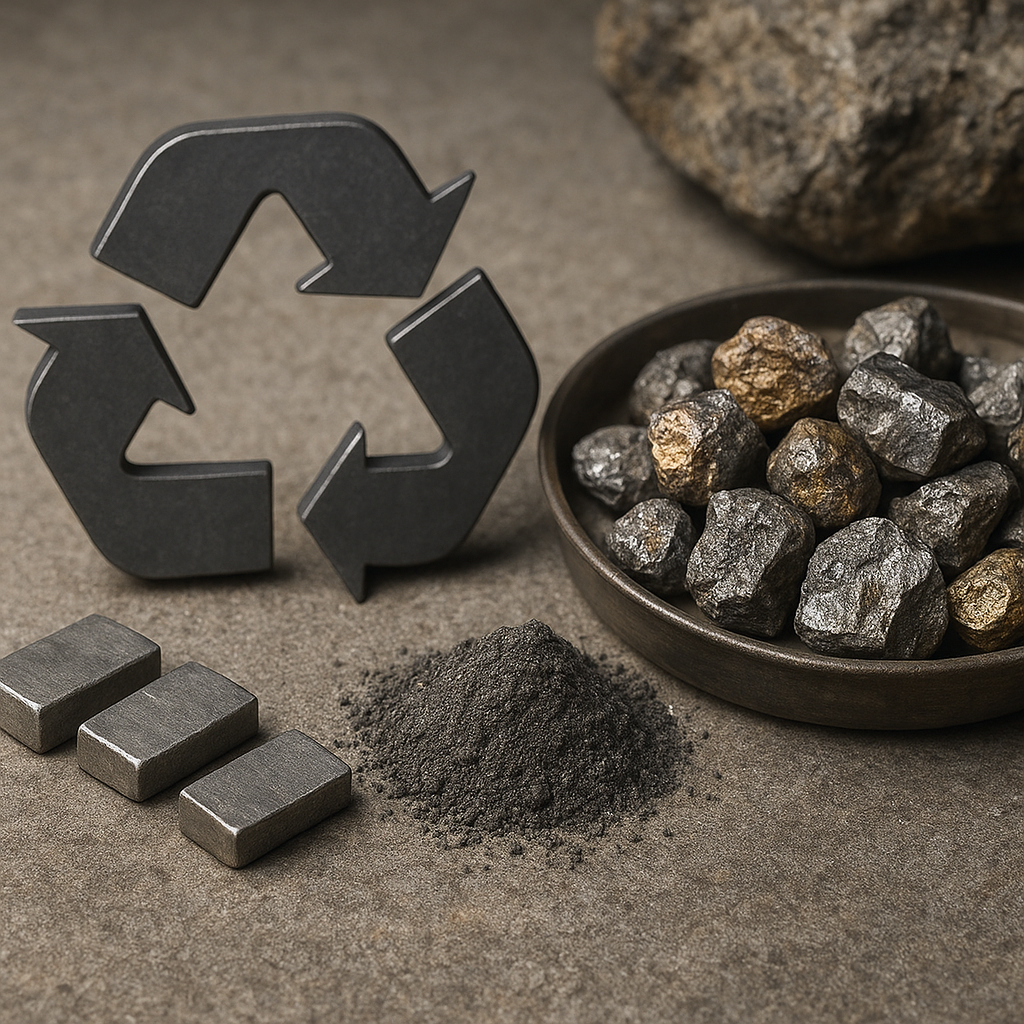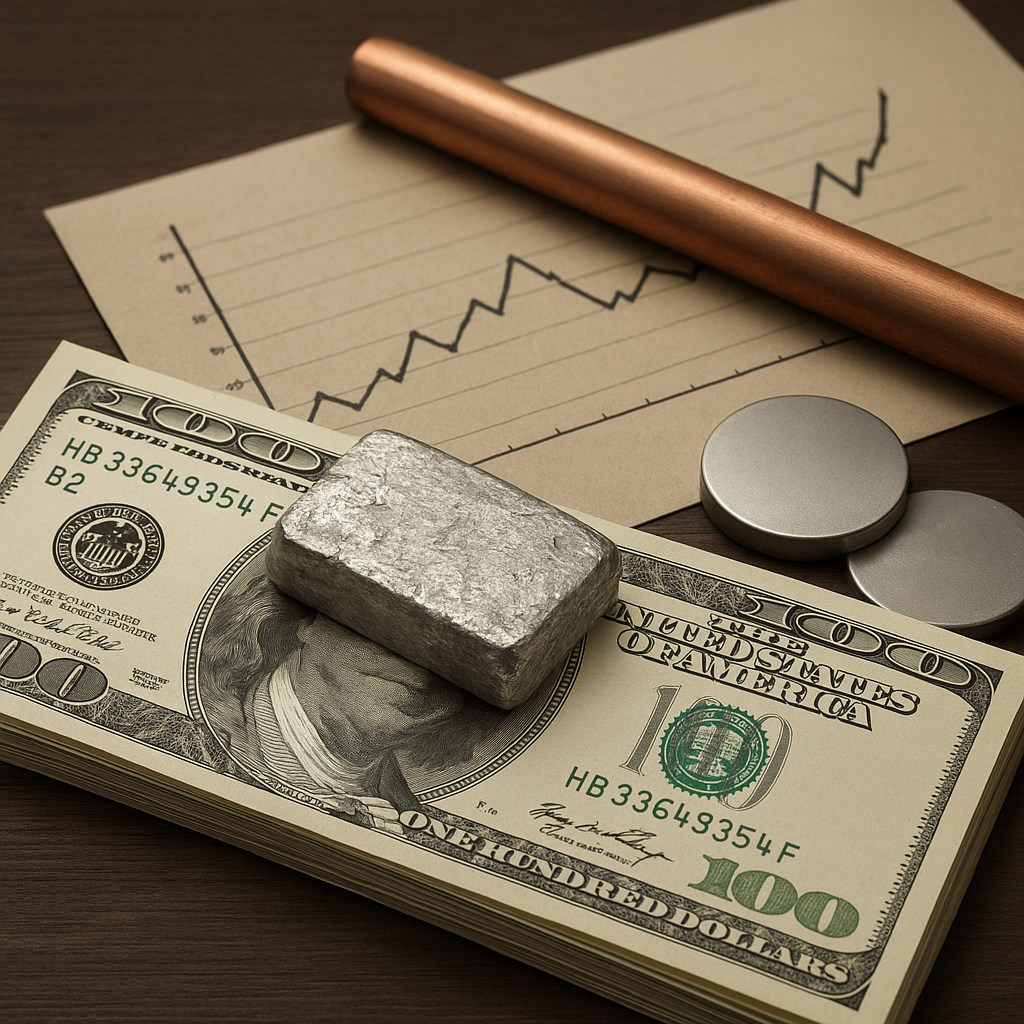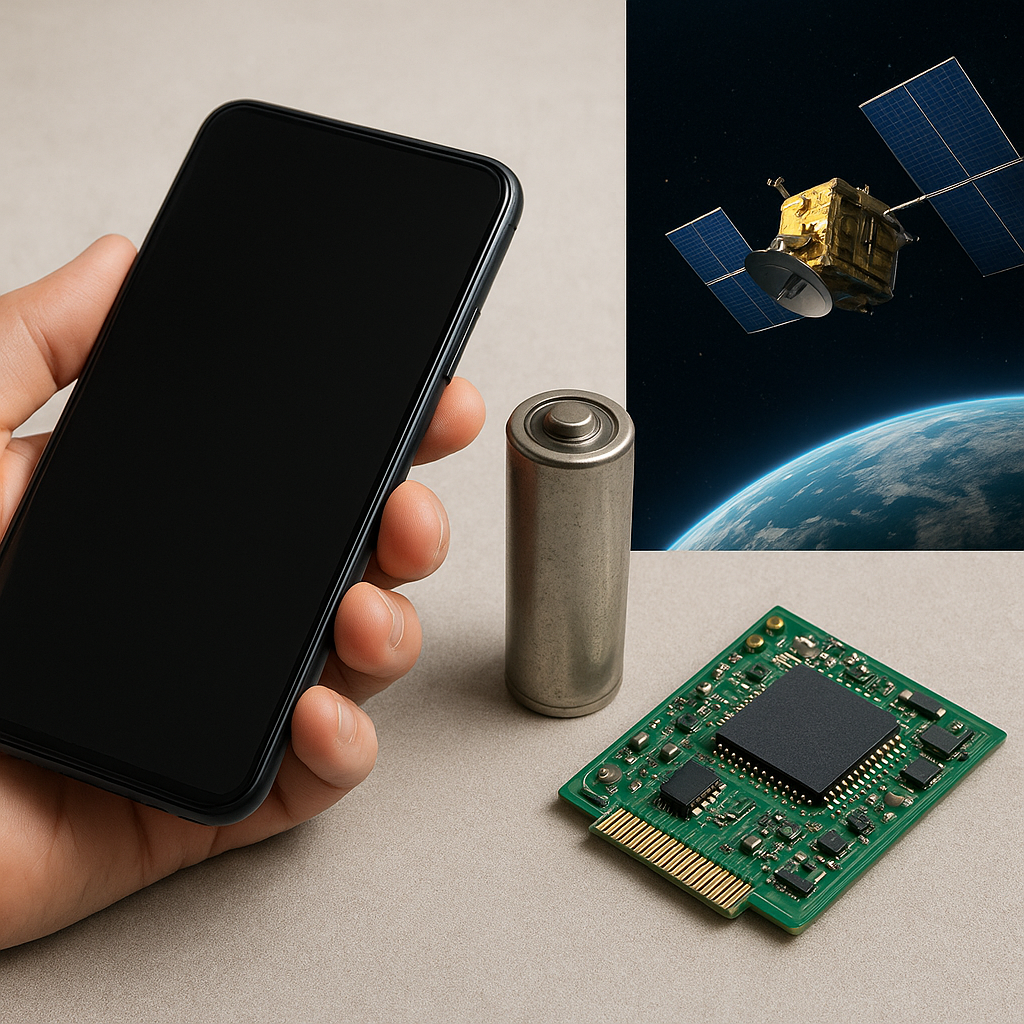In the modern world, the demand for rare metals has reached unprecedented levels, making the recycling of these valuable resources more crucial than ever. As technology continues to advance, the need for rare metals such as lithium, cobalt, and rare earth elements has surged, driven by their essential roles in the production of electronics, renewable energy technologies, and electric vehicles. This article explores the significance of recycling rare metals, the challenges involved, and the innovative solutions being developed to address these challenges.
The Growing Demand for Rare Metals
The global demand for rare metals has been steadily increasing over the past few decades, primarily due to their indispensable applications in various high-tech industries. Rare metals are critical components in the manufacturing of smartphones, laptops, and other electronic devices. They are also essential for the production of renewable energy technologies, such as wind turbines and solar panels, which are pivotal in the transition towards a more sustainable energy future. Furthermore, the rise of electric vehicles has significantly contributed to the demand for rare metals, as these vehicles rely heavily on lithium-ion batteries, which require substantial amounts of lithium and cobalt.
As the world becomes more reliant on technology, the demand for rare metals is expected to continue growing. According to industry reports, the global market for rare earth elements alone is projected to reach over $20 billion by 2025. This increasing demand poses significant challenges, as the extraction and processing of rare metals are often associated with environmental degradation and geopolitical tensions. Many of these metals are concentrated in a few countries, leading to supply chain vulnerabilities and potential conflicts over resource control.
In light of these challenges, recycling rare metals has emerged as a vital strategy to ensure a stable and sustainable supply. By recovering and reusing these metals from end-of-life products, we can reduce the environmental impact of mining and decrease our dependence on finite natural resources. Recycling also offers economic benefits, as it can lower production costs and create new job opportunities in the recycling industry.
Challenges in Recycling Rare Metals
Despite the clear benefits of recycling rare metals, several challenges hinder the widespread adoption of recycling practices. One of the primary obstacles is the complexity of the recycling process itself. Rare metals are often used in small quantities and are embedded in complex products, making their extraction and separation difficult and costly. For instance, the recycling of lithium-ion batteries involves intricate processes to safely dismantle the batteries and recover valuable metals without causing environmental harm.
Another challenge is the lack of efficient recycling infrastructure and technology. Many existing recycling facilities are not equipped to handle the specific requirements of rare metal recovery, leading to low recycling rates. Additionally, the development of new recycling technologies requires significant investment and research, which can be a barrier for many companies and governments.
Furthermore, there is a lack of awareness and incentives for consumers to participate in recycling programs. Many people are unaware of the importance of recycling rare metals and the impact their electronic waste can have on the environment. Without proper incentives and education, it is challenging to encourage widespread participation in recycling initiatives.
Addressing these challenges requires a collaborative effort from governments, industries, and consumers. Policymakers need to implement regulations and incentives that promote recycling and support the development of advanced recycling technologies. Industries must invest in research and innovation to improve recycling processes and infrastructure. Consumers, on the other hand, need to be educated about the importance of recycling and encouraged to participate in recycling programs.
Innovative Solutions and Future Prospects
Despite the challenges, there are promising developments in the field of rare metal recycling that offer hope for a more sustainable future. Researchers and companies around the world are working on innovative solutions to improve the efficiency and effectiveness of recycling processes. For example, new chemical and mechanical methods are being developed to enhance the recovery rates of rare metals from electronic waste and batteries.
One such innovation is the use of bioleaching, a process that employs microorganisms to extract metals from ores and waste materials. This method is environmentally friendly and has shown potential in recovering rare metals from electronic waste. Another promising approach is the development of advanced sorting and separation technologies that can accurately identify and extract rare metals from complex products.
In addition to technological advancements, there is a growing emphasis on designing products with recycling in mind. By creating products that are easier to disassemble and recycle, manufacturers can significantly improve the efficiency of the recycling process. This approach, known as “design for recycling,” is gaining traction in the electronics and automotive industries, where companies are increasingly considering the end-of-life impact of their products.
Looking ahead, the future of rare metal recycling appears promising, with continued advancements in technology and increased awareness of the importance of sustainable resource management. As the global demand for rare metals continues to rise, recycling will play an essential role in ensuring a stable and sustainable supply. By overcoming the challenges and embracing innovative solutions, we can pave the way for a more sustainable and resource-efficient future.
